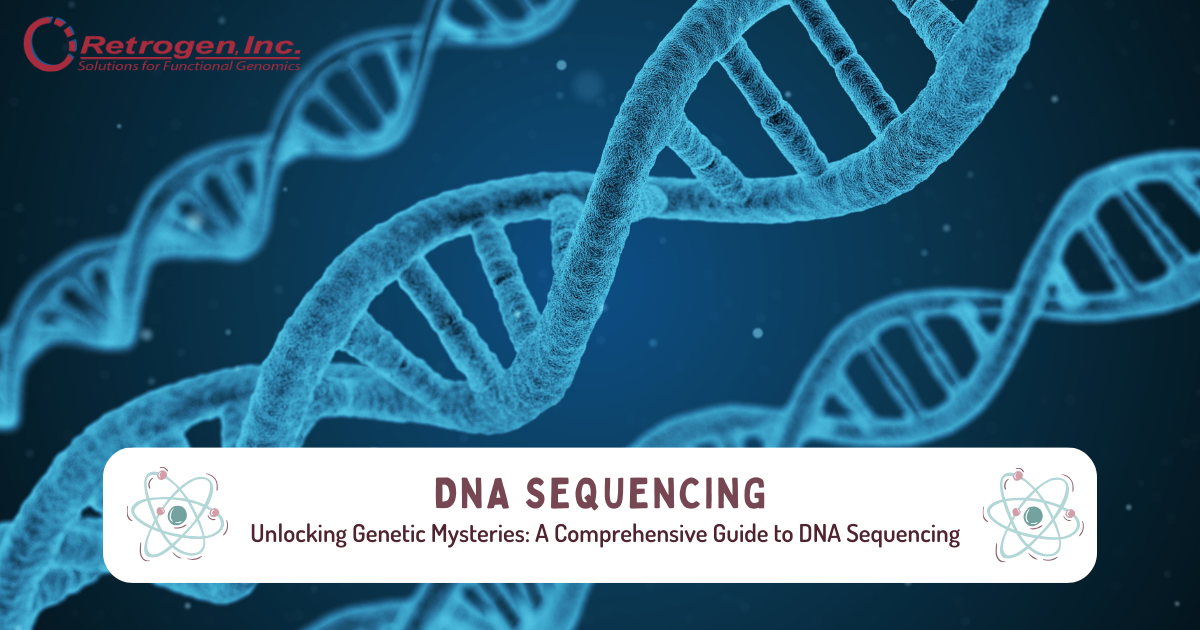
Revolutionizing Genetics: The Latest Innovations in DNA Sequencing
- Introduction to DNA Sequencing
- Overview of Next-Generation Sequencing (NGS) Platforms
- Types of DNA Sequencing
- Analysis of Next-Generation Sequencing Results
- Understanding Genetic Variants
- Significance of Genetic Databases
- Applications of Next-Generation Sequencing (NGS)
- Conclusion
The Human Genome Project, coupled with advancements in genetic testing and sequencing technologies, has ushered in the “Post Genomic Era.” The emergence of Next-Generation Sequencing (NGS) allows for rapid and cost-effective DNA sequencing, contributing significantly to disease diagnosis and precision medicine. This article explores various aspects of NGS.
Introduction to DNA Sequencing
DNA sequencing entails precisely determining the order of nucleotides in a DNA sample. This process involves reading the DNA and generating an electronic file containing symbols representing the sequence of nitrogenous bases (A, C, G, T) in the sample.
Overview of Next-Generation Sequencing (NGS) Platforms
NGS, also called Massively Parallel Sequencing or High-throughput Sequencing, automates and parallelizes DNA and RNA sequencing. Unlike the first-generation Sanger sequencing, NGS processes short DNA fragments, ranging from 50 to 300 nucleotides, simultaneously reading billions of fragments. Major NGS platforms include Roche/454, Ion Torrent, Illumina, SOLiD, Pacific Biosciences, and Oxford Nanopore.
Types of DNA Sequencing
There are three main types of DNA sequencing through NGS: Whole Genome Sequencing (WGS), Whole Exome Sequencing (WES), and Targeted Panels. WGS covers the entire genetic material, while WES focuses on the coding portion of DNA, and Targeted Panels sequence specific groups of genes related to particular diseases.
Analysis of Next-Generation Sequencing Results
Bioinformatics tools process NGS results, aligning DNA fragments with a reference genome to identify genetic variants. These tools, organized into bioinformatics pipelines, use computer techniques and data analysis to interpret complex genetic information.
Understanding Genetic Variants
Genetic variants, including single nucleotide polymorphisms (SNPs) and copy number variations (CNVs), are regions differing from the reference genome. These alterations can be germline or somatic, with SNPs involving nucleotide base exchanges and CNVs comprising genomic fragment duplications or deletions.
Significance of Genetic Databases
Online platforms, such as ClinVar and OMIM, help identify genetic variants and predict their impact on protein-coding. These databases aid in classifying variants as benign or pathogenic, guiding clinical interpretation.
Applications of Next-Generation Sequencing (NGS)
NGS has diverse applications, including clinical diagnosis of genetic disorders and cancers, Genome-Wide Association Studies (GWAS), metagenomics, and viral genome sequencing (genome). These applications revolutionize medical diagnostics, disease association studies, and microbial identification.
Conclusion
The continual evolution of genetic sequencing technologies promises deeper insights into diverse organisms’ genetic material. This progress holds the potential to enhance the quality of life through precision medicine, develop biotechnological products, and increase productivity in agriculture. The journey of genomic sequencing is only in its early stages, with ongoing advancements shaping the future of genetic research.





